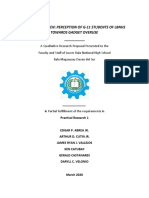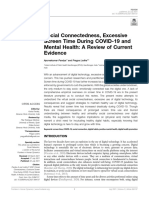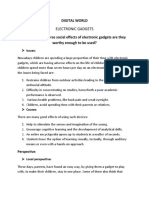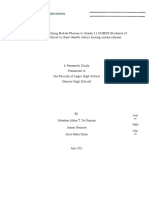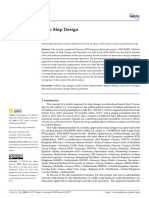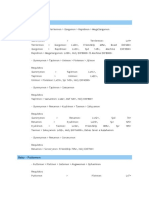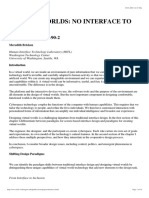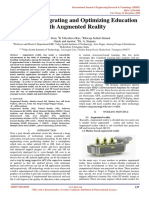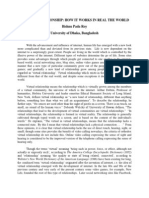0% found this document useful (0 votes)
33 views3 pagesBackground of The Study TLE
The study focuses on the impact of screen time on the emotional well-being of Technology and Livelihood Education (TLE) students at Pangasinan State University. It highlights the dual role of technology in enhancing educational experiences while raising concerns about its potential negative effects on mental health. The research aims to provide insights that could improve student welfare and academic performance through better management of mobile device usage.
Uploaded by
gontres8Copyright
© © All Rights Reserved
We take content rights seriously. If you suspect this is your content, claim it here.
Available Formats
Download as DOCX, PDF, TXT or read online on Scribd
0% found this document useful (0 votes)
33 views3 pagesBackground of The Study TLE
The study focuses on the impact of screen time on the emotional well-being of Technology and Livelihood Education (TLE) students at Pangasinan State University. It highlights the dual role of technology in enhancing educational experiences while raising concerns about its potential negative effects on mental health. The research aims to provide insights that could improve student welfare and academic performance through better management of mobile device usage.
Uploaded by
gontres8Copyright
© © All Rights Reserved
We take content rights seriously. If you suspect this is your content, claim it here.
Available Formats
Download as DOCX, PDF, TXT or read online on Scribd
/ 3






































